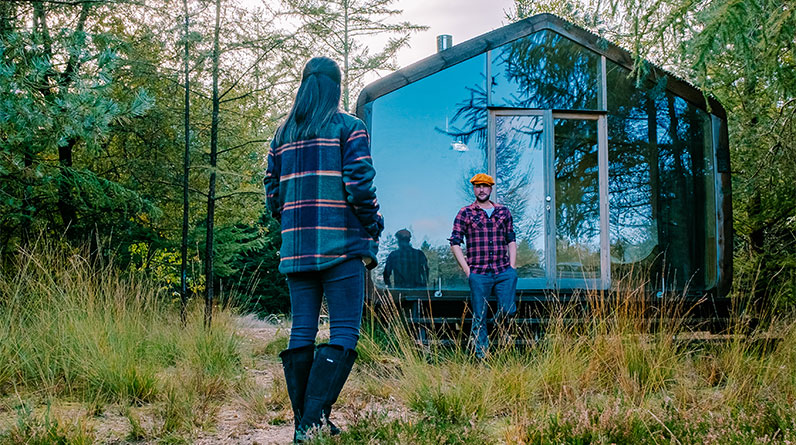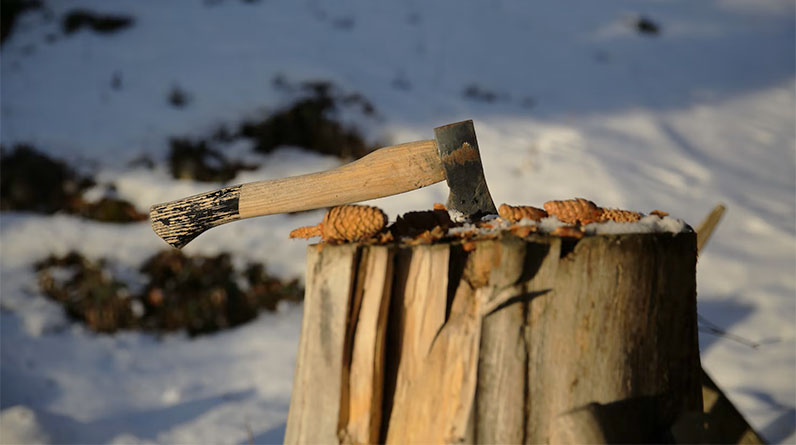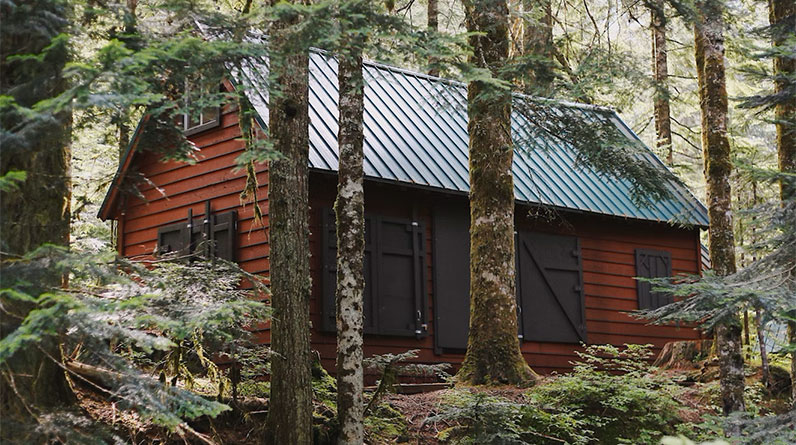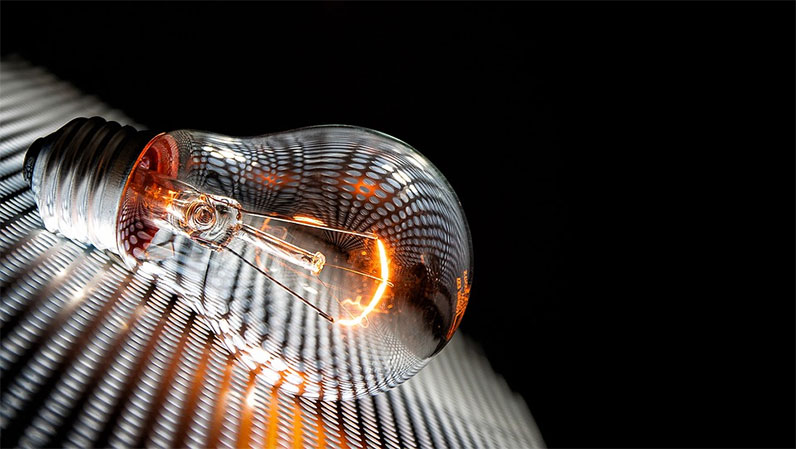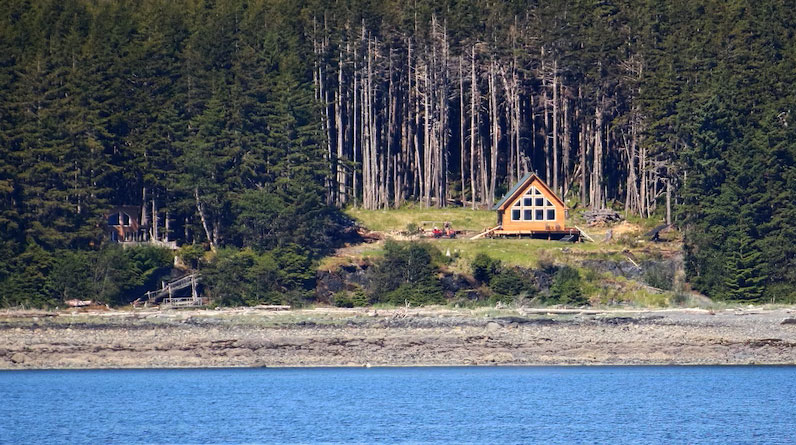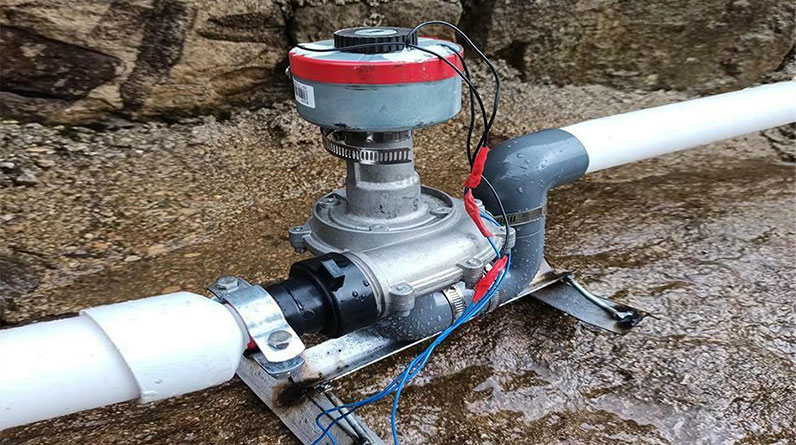
Use Micro-Hydro for Alternative Energy
If you think about it, almost every stream, waterfall, or other sources of running water has the potential to serve as a source of alternative energy.
In fact, hydroelectric power is the most widely used source of renewable energy in the world today. Micro-hydro, which refers to small-scale hydroelectric power, is an excellent way to get started in the world of micro-hydroelectricity.
With this type of system, you can take advantage of natural sources of flowing water and produce your own clean and renewable energy.
Here are some things you should know about micro-hydro and how you can use it for alternative energy in your home or property. Read on to learn more…
What is Micro-Hydro?
Micro-hydro refers to a hydroelectric power system that usually has a generating capacity of 5 kw to 100 kw.
The term “micro” refers to the scale of the hydroelectric power plant. This type of hydroelectric system typically uses a water flow of less than 7 feet per second.
If a hydroelectric system has a capacity of more than 5 kilowatts and a flow rate of 7 feet per second, it is often referred to as a “mini” system.
There are many different types of hydroelectric power plants, including run-of-the-river, weir, and reservoir schemes. The micro-hydro system is the simplest form of hydroelectricity.
When you set up a micro-hydroelectric power plant, you use the flow of water from a stream or river to drive a turbine that generates electricity.
This electricity is then sent to the electrical grid or used to power your house.
What You Need to Set Up a Micro-Hydro System
You need to check your property for a potential source of running water. This could be a stream, river, or even just a small waterfall.
Then, you need to check that water source to make sure it has enough flow to drive a hydroelectric turbine. Next, you need to choose a micro-hydro turbine and set up a penstock — which is a pipe that transports water from the source to the turbine.
You may need to install a mechanism to regulate the flow of water through your penstock, depending on the type of turbine you choose.
Finally, you need to connect your hydroelectric turbine to an electrical generator and then to your electrical grid or to your house.
How Micro-Hydro Works
Once you’ve found a potential source of water, it is important to note that the flow rate of the water source will determine the capacity of your hydroelectric system. A general rule of thumb is that each foot of water flow will generate 1 kilowatt of electricity.
The most common type of hydroelectric turbine is the vertical-axis Francis turbine. After water flows through the turbine, electricity is generated through a generator. This electricity can be sent to the electrical grid or used to power your house.
Pros of Installing a Micro-Hydro System
- No expensive equipment: The best thing about a micro-hydro system is that you don’t need to buy or install expensive equipment. In fact, it’s possible to set up a micro-hydro system with a very minimal investment. You can even build a micro-hydro system with a second-hand turbine and other repurposed equipment.
- Easy to maintain: You don’t have to be an engineer to maintain a hydroelectric system. In fact, it’s a very low-maintenance system once it’s installed.
All you need to do is keep an eye on the water flow and clean the turbine and penstock as needed. - No environmental harm: One of the best features of micro-hydro is that it causes no environmental harm. In other words, there are no toxic materials used in the process of generating electricity and it doesn’t produce any harmful emissions.
Cons of Installing a Micro-Hydro System
- Low capacity: The capacity of a micro-hydro system is low, which means you will generate a low amount of electricity. This can make it a less viable option for people who want to completely rely on this for their electricity needs.
- Turbine condition: The condition of your turbine will determine how much electricity you are able to generate. If your turbine is in bad shape, it could create more work for you, which can make your system less dependable.
- Low water flow: If you have a low water flow, then you will also have a low capacity. People who live in areas with low water flow may want to consider installing a mini hydroelectric system instead.
Final Words
If you want to take advantage of the many benefits of micro-hydroelectricity, you can explore setting up a micro-hydro system for your property. This type of system is easy to set up, easy to maintain and causes no environmental harm. With a micro-hydro system, you can generate your own electricity from a nearby water source and cut your electricity costs.

